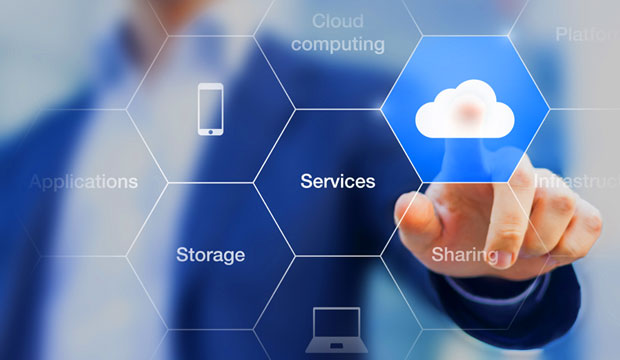Although Oracle was one of the last major enterprise software vendors to initiate a move to the cloud, it has embraced the idea of creative destruction in breathtaking ways. With BYOL — Bring Your Own License — the company has inspired a movement of its traditional software customers to its infrastructure cloud.
With the recently announced Soar program, Oracle has initiated an effort to translate customers and their legacy apps to the cloud-running Fusion apps.
It continued the translation exercise on Tuesday, by delivering a new online learning platform it calls “Oracle LaunchPad,” along with associated goodness such as free live QuickStart learning events and a Starter Pack for guided in-app education.
Oracle also announced a very flat customer service modality consisting of platinum level service for every customer — for free — and custom service at prices determined by need.
It’s worth noting that some of this looks a lot like Salesforce’s Trailhead program, which is a self-paced education system with gamified learning and testing, online content, and quite a bit more. My point isn’t so much to go into all of Salesforce’s goodness as it is to say this looks more like an example of convergent evolution than simple copying.
What Is Convergent Evolution?
To digress briefly, convergent evolution happens when something — say structures like the eye or wings — evolves multiple times but independently. Take wings, for instance. They evolved independently in insects, birds, pterosaurs and bats. In other words, if there’s a result you’re aiming at, there are only so many ways to achieve it. (Thanks for letting me scratch that itch.) So some overlap should be expected.
In this case, Oracle is trying to disrupt its service model by delivering a mode that fits the new reality rather than adapting its old stuff. It’s hard to disagree with that. However, Oracle sees its mission a little differently than other vendors, because it has to convert or migrate a huge installed base from the legacy world to the cloud, while others might begin their efforts in the cloud more easily.
Oracle’s customers are predominantly enterprises or small enterprise outfits that might have less tolerance for migrations that are “only” 90 percent effective. With that as the ground level reality, it makes sense to be as proactive as possible with service and support. Hence the offer of free platinum-level service and education.
In the Mix
Much of the non-call center part of the offering is online and asynchronous, meaning that a lot is content and training modules accessible by customers on their terms.
It includes the following:
- Comprehensive learning paths for all positions: Tailored to the specific needs of administrators, implementers and business users, learning paths guide users through their cloud learning experience by grouping training modules on specific skills and topics.
- Searchable content: Powerful filtering capabilities help users find the training they need. Users can search and choose where to get started by filtering for role, skill level, cloud service, and functional area within a cloud service.
- Personalized dashboard: Users can edit their learning profile to better identify training topics that meet their specific needs.
- Gamification and tutorials: Modules feature product images and embedded videos with demonstrations. As users complete modules, they can take quizzes, and earn points and badges that accumulate throughout the process.
- Quick Start live events: Quick Start live events enable customers to learn from Oracle experts and ask questions in a live forum.
The new programs will span Oracle’s cloud offerings in ERP, SCM HCM, EPM, and most importantly for the CRM world, CX. But look for the most robust coverage in North America first.
My Two Bits
Whether you’re a bird or a bat, a program like this looks like wings to me. It’s what the company needed to do to be a player, because regardless of the cost advantages of moving to the cloud, customers aren’t going to bet their businesses without some assurance of success.
We used to discuss creative destruction in terms of hardware or devices — durable things. However, our understanding has broadened over most of the century since Joseph Schumpeter first articulated the concept. Today we better understand that it really applies to the whole products we deliver to customers — the “things” plus the services that drive success and satisfaction.
Early on, Oracle became acutely aware that the cloud and subscription business models represented high and unacceptable business risks in the form of attrition and churn. The company has been working to tamp down risk in its model, and Tuesday’s announcements are a good example of how. In the process, you might have to say that Oracle is becoming a different company — another example of convergent evolution.























































